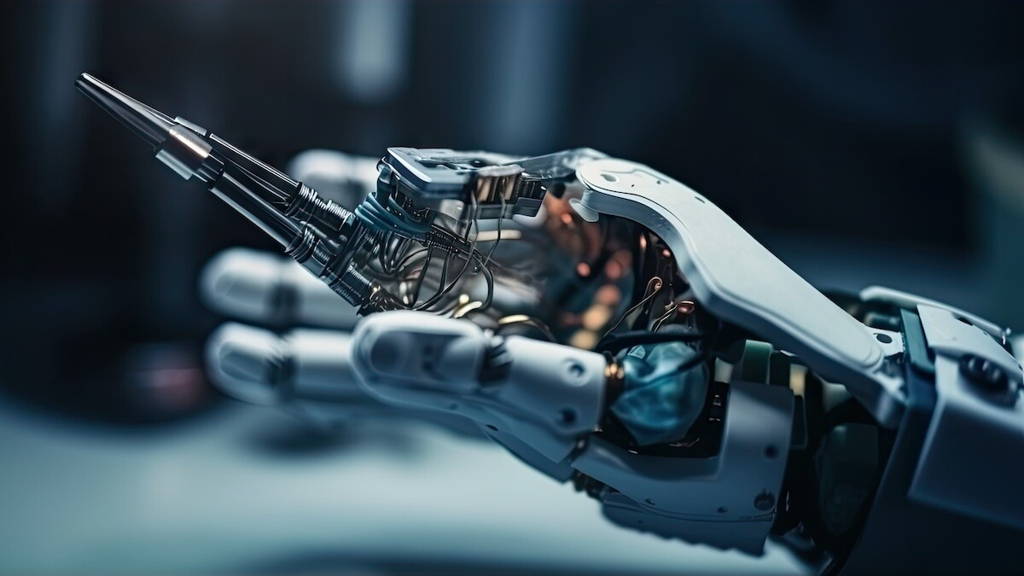Robot-assisted surgery has been used in ORs for many years. It enables surgeons to perform surgical procedures with greater precision, faster and less invasive. The operating robot is now a fixture in almost all hospitals and clinics. But what would it be like if a surgical robot could perform operations completely autonomously, without “help” from a human surgeon? That is what scientists from two American universities have successfully researched. They recently presented the results at a robotics congress in Munich.
The researchers from Johns Hopkins University and Stanford University showed there that they have succeeded in training robots using videos to perform surgical tasks with the precision of human doctors. A technological breakthrough that the researchers say could help solve the (looming) shortage of surgeons in the future.
Self-learning surgical robots
The research team developed robots that can independently perform complex surgical tasks. Examples include manipulating needles, tying knots and suturing wounds. What sets these robots apart is their ability to learn from videos and correct their mistakes without human intervention. The method used to train the robots is similar to the approach used in developing language models such as ChatGPT. However, instead of working with words, the system uses a language that describes the position and direction of the robot's grasp.
“We built our training model using videotapes of robots performing surgical tasks on practice sutures. Each image in the video sequence is converted into numerical data, which the model then translates into robotic actions,” explained Dr. Axel Krieger, an associate professor at the Johns Hopkins Whiting School of Engineering who oversaw the research, in an interview with The Washington Post.
During the presentation, the trained robots demonstrated their skills in a different environment and successfully performed tasks on pig and chicken samples. “We developed a system where you can talk to the robot as you would to a surgeon. You can say things like 'Do this task' or 'Go left' and 'Go right,'” said Ji Woong ‘Brian’ Kim, a postdoctoral researcher on the team.
Not yet ready for practice
The researchers stress that there are still issues and challenges to be solved and overcome before the first autonomous surgical robot can actually treat human patients. That said, the method of allowing robots to learn and train using videos is a technological breakthrough.
In addition to the technological challenges, privacy issues also come into play. This is especially true of using real surgical videos to train these systems. Another aspect that will need to be worked on is the issue of liability. With robot-assisted surgery, as with all medical procedures and decisions, the final responsibility lies with the (attending) physician. But who is responsible when a robot, developed and trained by multiple parties, operates autonomously, without the intervention of a physician? Is then the supervising physician, the AI developers or the robot manufacturer liable when mistakes are made?
“The stakes are so high because this is a matter of life and death. Each patient's anatomy differs, as does the way a disease behaves in patients,” Dr. Dipen J. Parekh, director of robotic surgery at the University of Miami Miller School of Medicine, said.







